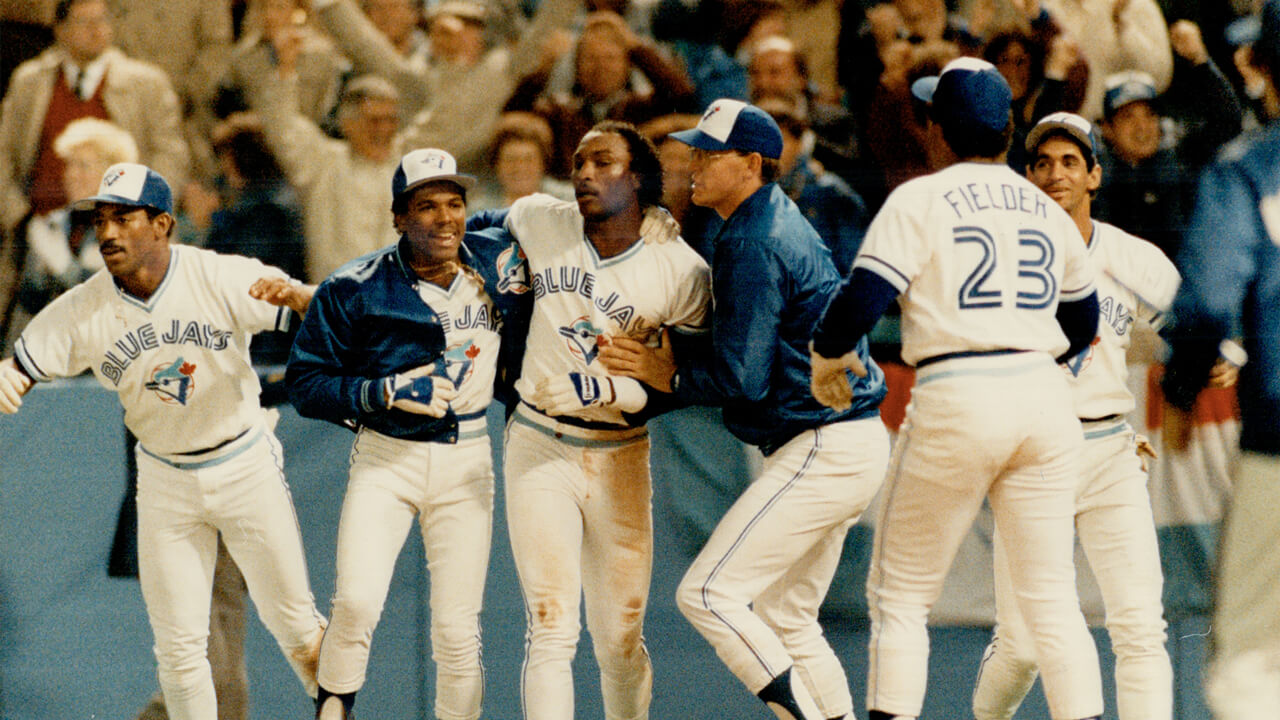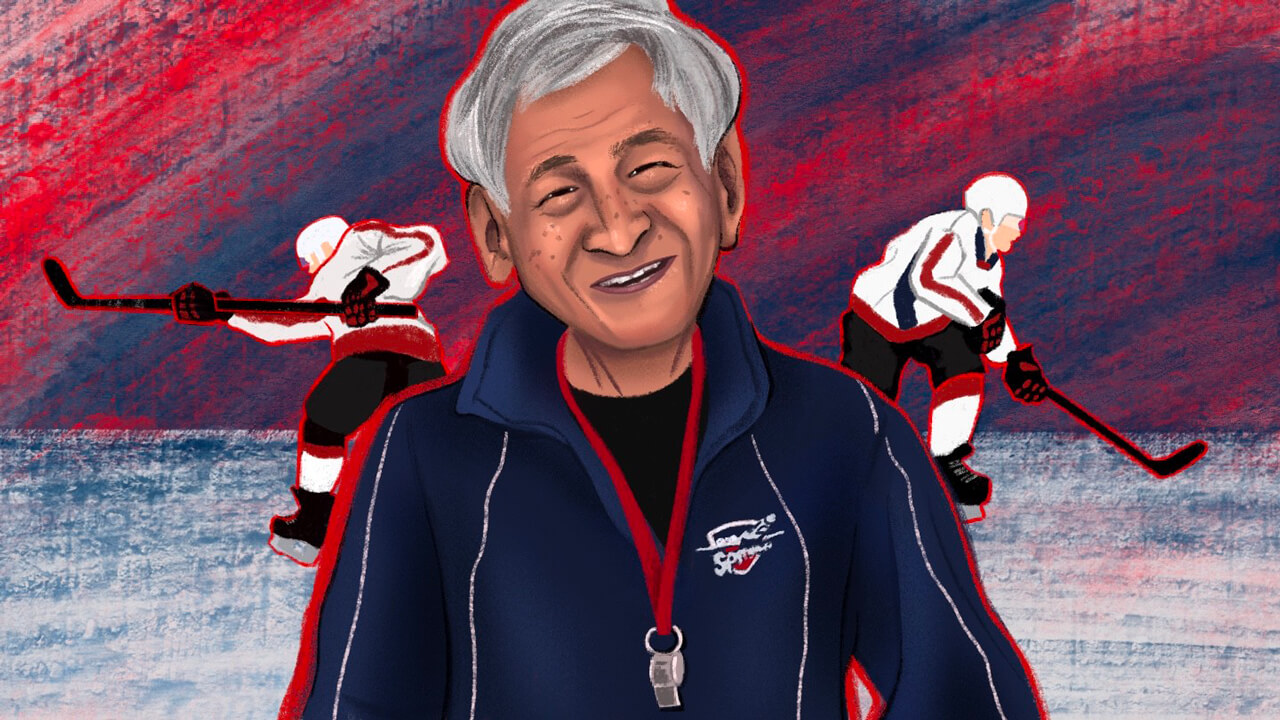Born in Toronto to Jamaican immigrants, Carnegie retired from playing in 1954 at age 35 and transitioned into a successful career as a financial adviser. Though he was also a championship golfer, his post-playing days were, according to his family, defined by community involvement. He started a registered hockey school at North York’s Mitchell Field and, in 1987, established the Herbert H. Carnegie Future Aces Foundation with his wife, Audrey, and daughter, Bernice. The foundation has provided $860,000 in scholarships to children across Canada, says Bernice, who spent years accompanying Carnegie on visits to schools across the Greater Toronto Area. They talked to students about his life, how he navigated challenges, and his Future Aces philosophy, which emphasizes the importance of self-esteem and sportsmanship, and was eventually incorporated into character-building exercises by hundreds of schools. His contributions were formally recognized when North York Centennial Arena was renamed in his honour in 2001. In 2008, a public school in Vaughan, Ont., was named after him.
Carnegie considered a positive attitude critical to the success he’d enjoyed in life. His daughters say he avoided discussing the racism he encountered as a hockey player at home, at least while his children were young, because he didn’t want his kids to be influenced by negative thoughts and doubt their ability to achieve what they desired. Yet, as time passed, the questions about being robbed of an NHL career persisted for Carnegie. Toward the end of his life, the constant reminder of rejection had chipped away at him enough to leave a breach in what was once an impenetrable brick wall. When the subject came up during a CBC Sports interview a few years before he died, Carnegie broke down in tears. “I was good enough for the Leafs,” he said in the interview. “Cause according to Conn Smythe, ‘I would take Carnegie tomorrow for the Maple Leafs if someone can turn him white.’ I got that statement when I was 18. How would you feel? I can’t forget it. Because he cut my knees off. He broke my legs. It’s horrible. So I don’t want people to go through that.”
Bernice, the third of Herb and Audrey’s four children, says the pain grew worse for her father as he got older. “Because he had more time to sit and think about what didn’t happen. The interviews never stopped for my dad. And they would always bring up Conn Smythe and they’d always bring up the fact that he didn’t make it into the NHL. And as he got older and older, it weighed more heavily on him because he realized, ‘I couldn’t do anything about it.’”












